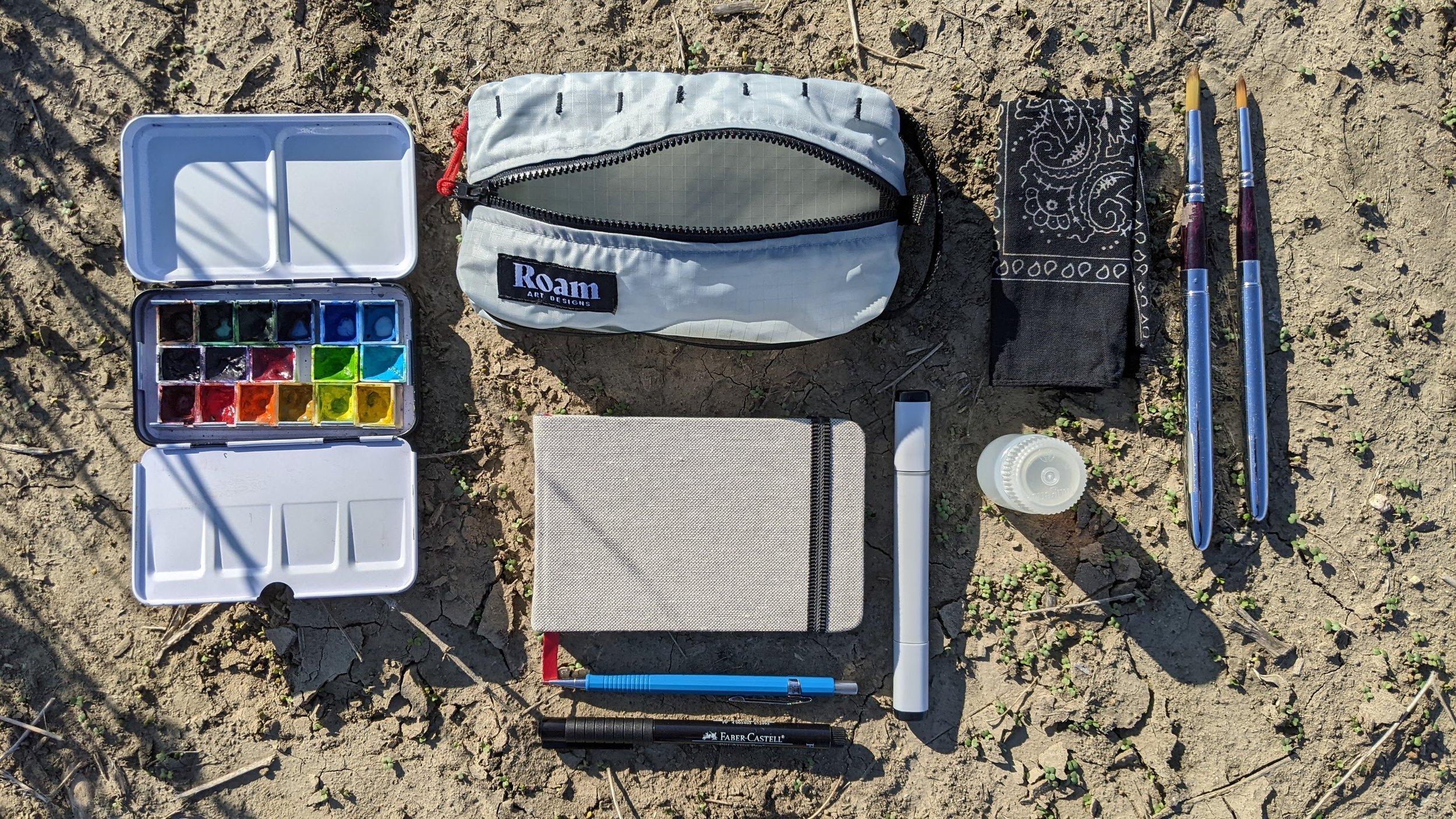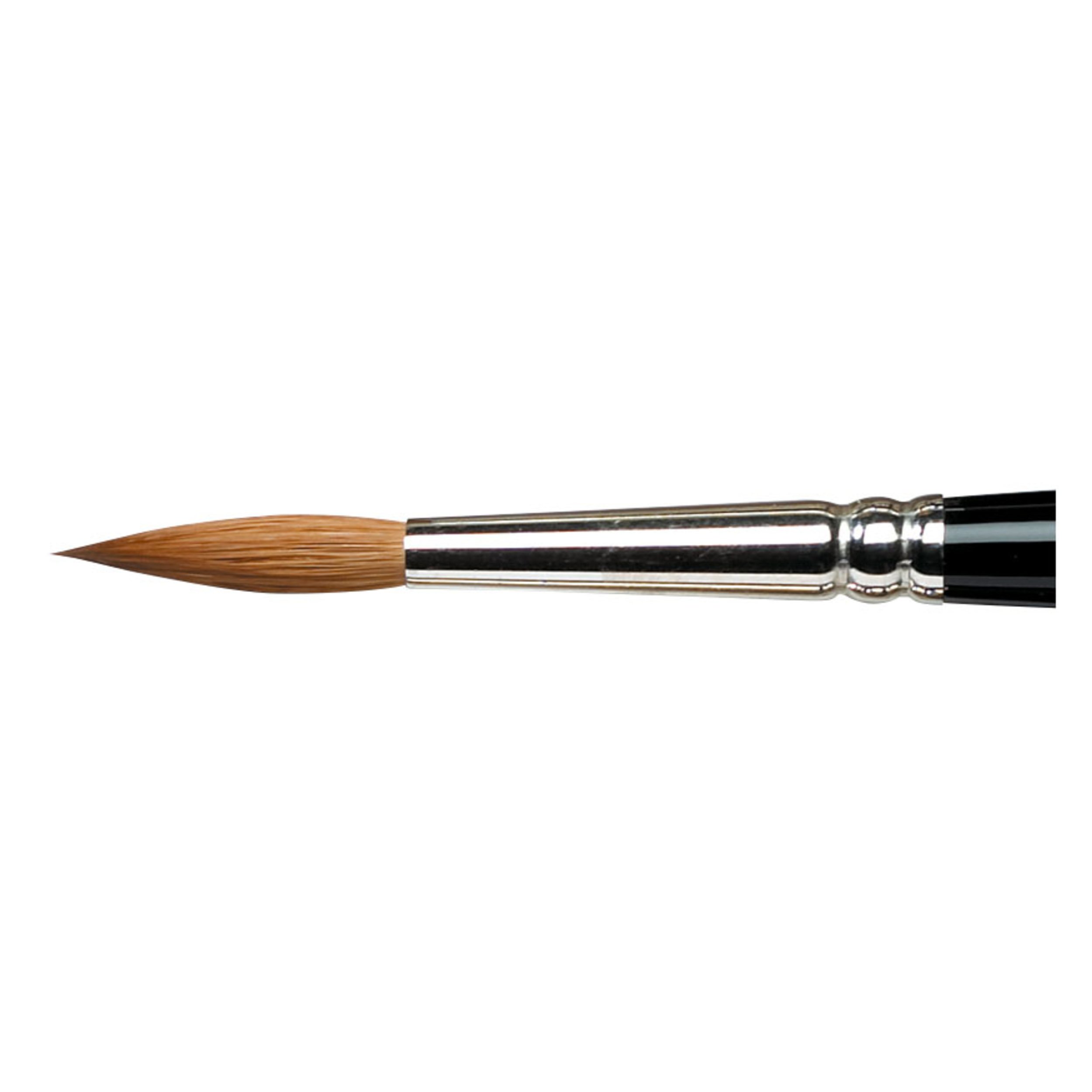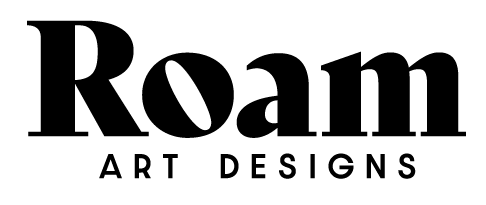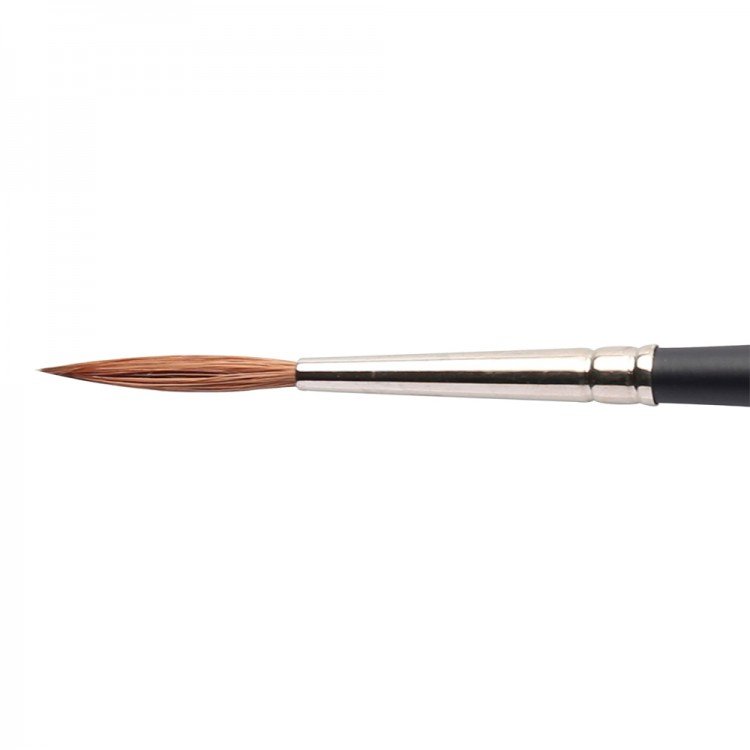
Supplies
Art Supplies we Love
These are the art supplies our team loves to stash in their Roam bags and take to the field. Our art styles of choice are urban sketching and landscape painting with pen and ink, line and wash, and direct watercolor. Quality is important to us and so are quality supplies—they make a big difference in the outcome of your art, no matter what stage of your art journey. Whether you’re starting out and not sure what to get or a seasoned pro looking to try something new, there’s something here for you.
-

DaVinci Watercolor Paint
Professional grade paints made with quality pigments, without fillers. We love how vibrant and smooth these paints are.
Their headquarters and factory are also based locally in Southern California.
-

Metal Travel Palette
These palettes are perfect for customization. Use your favorite paints from the tube to fill the empty half pans. Full pans fit in these palettes as well. There are multiple sizes to choose from to fit your Roam bag and your art style.
Not as lightweight as W&N plastic palettes, this metal palette is more durable and has two areas for mixing.
Trek - 12 half pans
Rove & Traverse - 26 half pans
-

Mijello Fusion Palette
This travel palette has 12 wells to fill with your favorite tube colors, has ample mixing space on the well side and inside of the lid, and even a clear tray that pops out of the lid for more mixing. Along with all the room for paint and mixing, this palette is airtight and leakproof palette which makes it ideal for watercolorists who like to keep their paints wet.
Traverse
-

Paper
Good paper makes all the difference. If you skimp on anything, don’t skimp on paper. The best watercolor papers suck up pigment and color, spreading it evenly and making your art look as you intended. Cheap paper has ruined many a drawing—buckling, pooling, absorbing the color in dots and imperfections in the paper—and saving a couple bucks is not worth it.
Arches is the paper brand you must use. That is for beginners and professionals. They have a variety of weights and finishes, blocks, tablets, and sheets. We like 22”x30” sheets of 140lb cold press, white or natural. You can easily break these sheets down into whatever smaller sizes you want. Sheets are more economical than tablets or blocks, but it’s up to your preference. A few Etsy sellers make really nice notebooks out of it as well.
-

Watercolor Notebook
We love tiny notebooks. We love panoramas. We love good paper. The Arteza Premium Watercolor notebook checks all those boxes. After a bit of trial and error (mostly error), Arteza notebooks have paper that comes closest to our high standard.
Roam bags are designed around this 5.5”x3.5” notebook.
Trek
Rove
Traverse
-

Pentel P200 Series Auto Mechanical Pencil
This is the original bullet proof mechanical pencil. Favorite of drafting table engineers, it has a smooth action and doesn’t slip. The artist who recommended this sometimes draws with a heavy hand and the 0.7mm lead holds up to the pressure while producing a fine line. For artists with a lighter touch or who like finer lines, 0.5mm is for you.
Pair with Pentel lead, offered in every lead hardness for either 0.5mm or 0.7mm. We like HB because it is the most versatile and just in case we have to take a scantron test.
The eraser is a little wimpy so pack a separate eraser for bigger areas.
-

Faber-Castell Pitt Artist Pens
Of all the felt-tip pens we’ve tried—and we’ve tried a lot—the line of Faber-Castelle pens are our favorite. Using India ink, our lines are always legible and never run when we paint over them. The felt-tip nibs on these pens flow nicely and don’t crush, even under this artist’s heavy hand.
Faber-Castell offers a wide range of sizes from extra fine to chisel. We love the four pen set including super fine, fine, medium, and brush tip.
-

Lamy Fountain Pen
Nothing beats the smooth flow of ink from a fountain pen. I got tired of the stop and start of my felt tip pens and thought I’d give the fabled fountain pen a try. After a lot of research (which can be a very deep rabbit hole), I settled on the Lamy Safari Fountain Pen with a Medium nib. It is a quality pen at a reasonable price, and I love the design. Make sure to use Platinum Carbon Ink Cartridges for best results.
-

Platinum Carbon Ink Cartridges
Ink traditionally used for fountain pen writing is water soluble, which doesn’t work when you put a wash of watercolor over your sketch. Pigmented ink is permanent and perfect for urban sketching. Most pigmented ink has large particles which will clog the pen, but there is one ink with particles small enough: Platinum Carbon. It comes in convenient cartridges for your fountain pen or in a bottle.
-

Pentel Aquash Water Brush
A reservoir built into the body of these brush pens makes for quick pops of color. Easy to grab and apply color. But the synthetic bristles leaves us with something to be desired. These water brushes come with a range of brush sizes and shapes. They work great with watercolor pencils.
Water brushes are great for a minimalist kit because there is not need to carry a separate water container.
Lightweight
Trek
Minimalist
Starter
-

Nalgene 1oz. Water Bottle
This bottle is the only way one of our artists carries water. Its wide-mouth lets you dip a brush in. It fits snugly in the exterior elastic on our bags so it won’t tip over. The 1 fluid oz. bottle is ideal for your kit in the trail bag.
Nalgene has perfected the leak-proof seal and this container is no exception. Originally designed to hold lab chemicals, it can handle a little water. Hard to find in single quantities, so we linked a purchase option. They also offer 2 oz., 4 oz., and 8 oz. sizes.
Trek - 1 oz.
Rove - 1 oz., 2 oz.
Traverse - 2 oz.
-

Cotton Bandana
Cut down on waste and costs by ditching the paper towel or tissues and using a bandana for your dab rag. Our artist who swears by this bought a black cotton bandana, cut it in quarters, and keeps one in every kit. An old piece of t-shirt or cloth with also do.
Reusable
Leave No Trace
-

Fuumuui Sable Travel Watercolor Brushes
This trio of watercolor brushes are our go-to travel brushes. Round brushes in sizes 4, 8, and 12. They hold plenty of water and never have a hair out of place. Makes for smooth and controllable paint application and a sharp point when you need one. The handle/cap screws securely into place.
For vegans, the synthetic brushes by this brand are a nice option.
Trek
Rove
Traverse
Travel
-

Round Brush
Round brushes are the standard shape of brush for watercolor. They hold plenty of water and make a nice point for details. We like to have a range of round brushes on hand. Sizes 4, 8, and 12 work best in our small and medium notebooks. Round brushes come in many more sizes to fit your style.
Midrange synthetics work fine, but we find paint flows better when you invest in a higher quality brush. We love the Princeton Aqua Elite Range. They are made from synthetic-hair that is indistinguishable from the fabled natural Kolinsky sable.
Essential
Rove
Traverse
-

Flat Brush
Also known as a square brush, these work well for washes as well as crisp linear strokes. We like 3/4” and 1/2” sizes because of its versatility on medium sketchbooks. We sometimes use 1” for washes when we want crisper edges than a hake.
Keeping it in the family, we like the Princeton Aqua Elite Square brushes, and we also like Rahail by Kaerell.
Rove
Traverse
-
Mop Brush
Mop (or quill) brushes are great for large washes. They’re designed to hold lots of water and spread it smoothly over a wide area on the page.
We like the Princeton Neptune Synthetic Squirrel Brush. Size 6 works best in our medium sized notebooks.
Squirrel hair is one of the most absorbent types of brush hair, but thanks to modern brush technology, synthetic brushes are often as good as the real thing. So you can paint guilt-free and pay less for brushes.
Essential
Rove
Traverse
-
Rigger Brush
Also known as a script Brush, these brushes are what you need to get those fine lines. Its long bristles and sharp point deliver the crisp detail for those finishing touches. For general purposes, we like a size #4.
Detail
Rove
Traverse
-
Dagger Brush
The dagger (sometimes called a “sword”) is a long and pliable brush which is great for making random, expressive strokes. Hold it lightly and let the brush “dance” on the paper to make unexpected marks. Makes great foliage in your landscapes.
It can also paint wide swaths on its blade edge or make fine lines like a rigger with the tip.
We like the 3/8” Princeton Neptune dagger brush, but the any dagger brush with hairs that hold water well will work.
Rove
Traverse
Fun to try
-

Haké Brush
Originating in Asia, these brushes are usually made as goat hair and soak up a lot of water. They are ideal for wetting large areas and washes. We like the 1” width to take into the field. Short handle haké brushes fit perfectly in Rove and Traverse.
Quick Tip: When you first get it, run a bead of super glue around the base of the bristles to keep them from falling out.
Rove
Traverse
-

Pebeo Masking Pen
When you want to mask off those areas that you need to keep white, bringing a big bottle of masking fluid into the field isn’t a good option. That’s where the Pebo Drawing Gum Marker comes in handy. Draw crisp lines and controlled shapes with the 0.7mm nib.
The tip needs to be cleaned sometimes, and it may take a minute to get the masking fluid flowing, but it’s worth the effort when you see those bright white lines at the end of your sketch. The Pebo fluid dries quickly when applied.
Fun to try
Rove
Travese
-

The Urban Sketcher by Marc Taro Holmes
One of the the godfathers of Urban Sketching, Marc Taro Holmes breaks down his techniques for Urban Sketching in this essential book. We still reference this book often.
Urban Sketching Basics
-

Urban Watercolor Sketching by Felix Scheinberger
This book is your guide to the whimsical side of urban sketching. Loaded with Scheinbeger’s unique sketches, he takes you on a watercolor journey from the history of pigments, to application techniques, principals of color, and a guide to supplies, all with a big dose of humor.
-

Learn Watercolour Quickly by Hazel Soan
This book is small but packed with good watercolor information. Soan quickly and simply teaches the basics about watercolor from theory, the importance of quality supplies, color theory, to watercolor application. Soan makes watercolor feel approachable and doable for beginner to professional. This is perfect for people looking to break free from pencils and pens who are ready to put brush to paper.
Watercolor Basics



